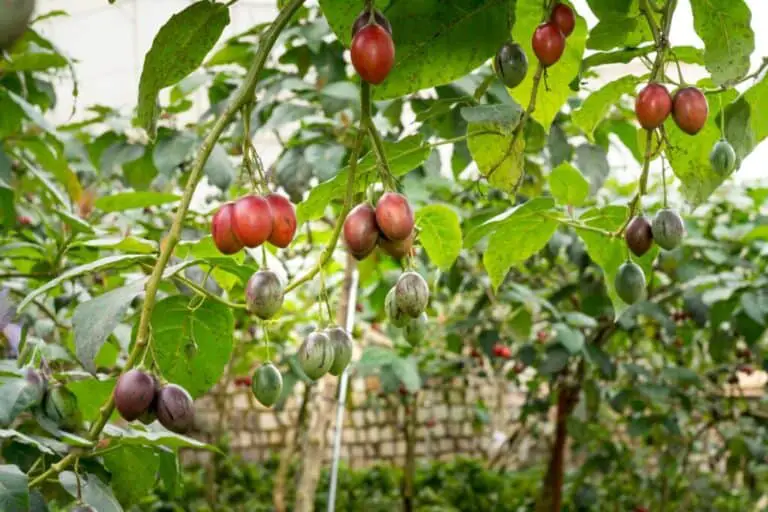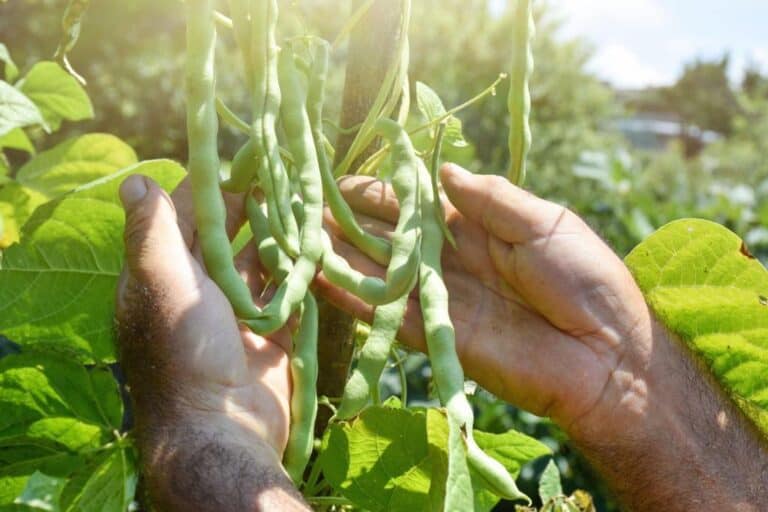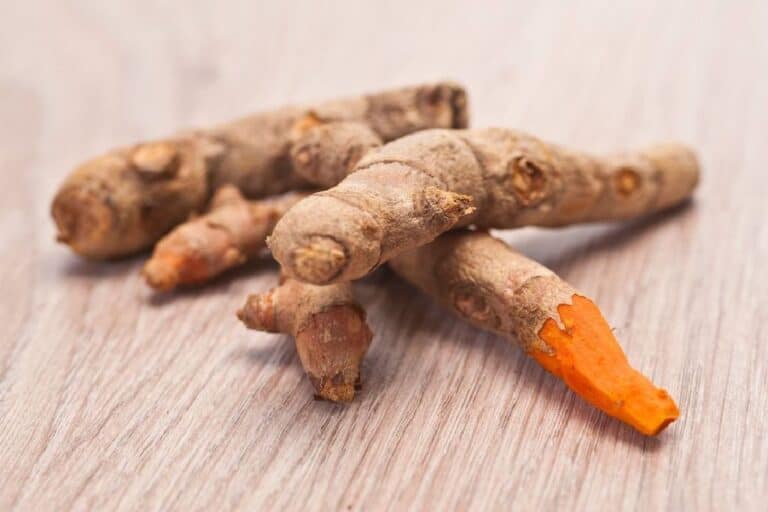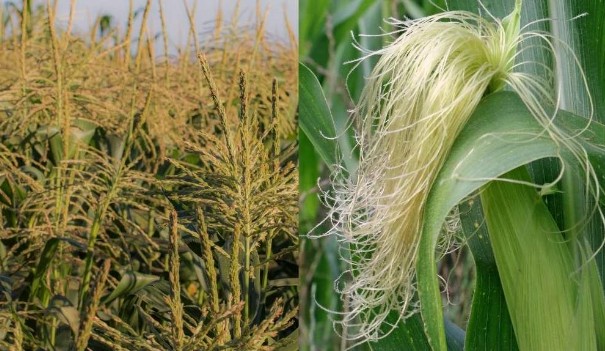How to Revive a Calamansi Tree: Proven Tips for a Healthier Plant
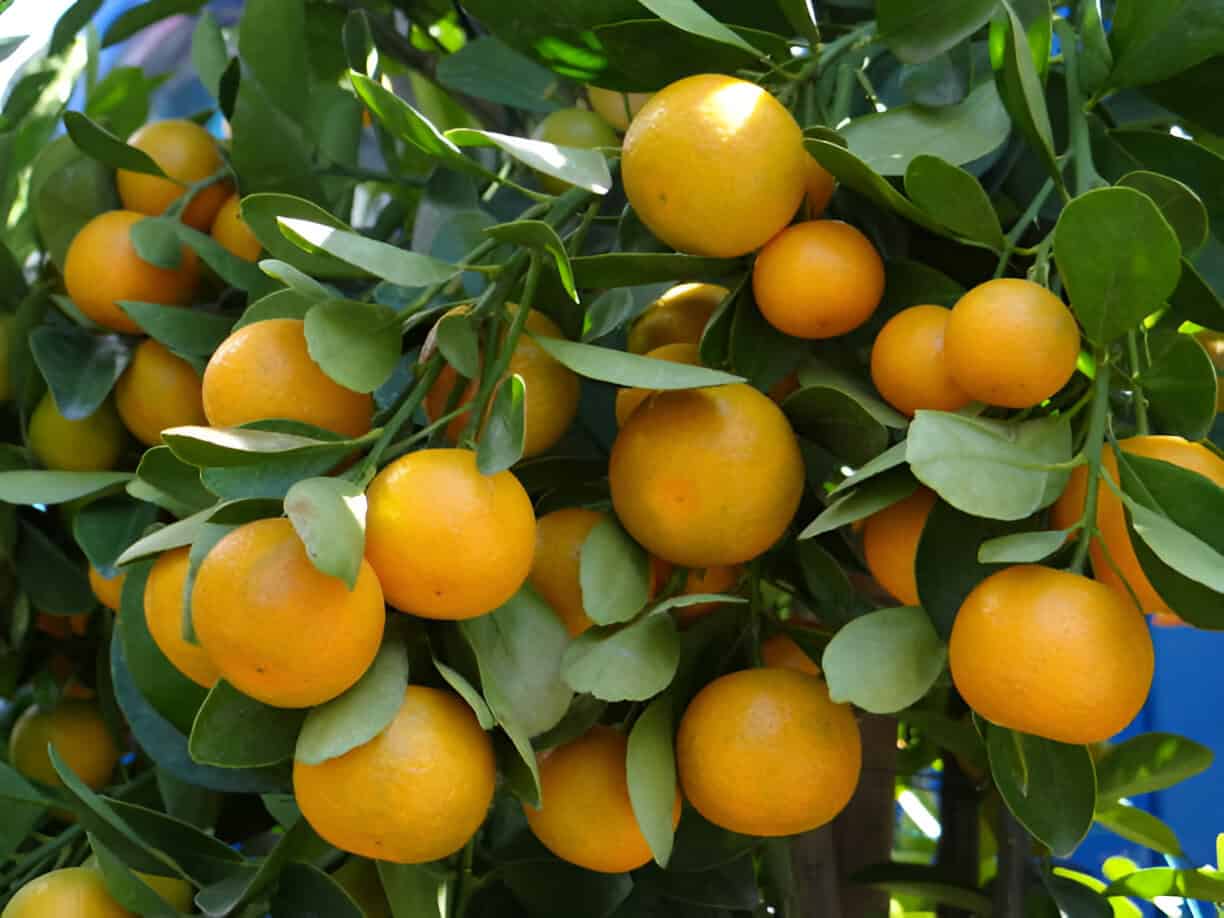
There’s nothing quite like the joy of nurturing a Calamansi tree—its vibrant green leaves, fragrant blossoms, and those juicy little fruits that pack a citrusy punch. However, any gardener can attest that our green companions occasionally require additional care.
I remember the first time I noticed my Calamansi tree looking a bit worse for wear—yellowing leaves, a lack of fruit, and a general sense of “blah.” It was disheartening, but instead of throwing in the towel, I decided to roll up my sleeves and figure out how to bring it back to life. If you’re facing the same woes, don’t fret.
Let me walk you through some tried-and-true methods to help your Calamansi tree bounce back to its vibrant self.
Identifying the Problem: Is Your Calamansi Tree Sending SOS Signals?
The first step in reviving your Calamansi tree is playing detective—figuring out what’s gone wrong. You can’t fix what you don’t understand, right? Common signs of trouble include yellowing leaves, sparse foliage, wilting, and poor fruit production. These symptoms could be due to several factors, such as improper watering, nutrient deficiencies, pest infestations, or even environmental stressors like too much sun or not enough light.
So, where do you start? Ask yourself: Is my tree getting enough water, but not too much? Is it getting the right nutrients? And most importantly, are there any sneaky pests causing havoc? While it may seem overwhelming, we’ll simplify the process step by step.
Watering Wisely: Finding the Goldilocks Zone
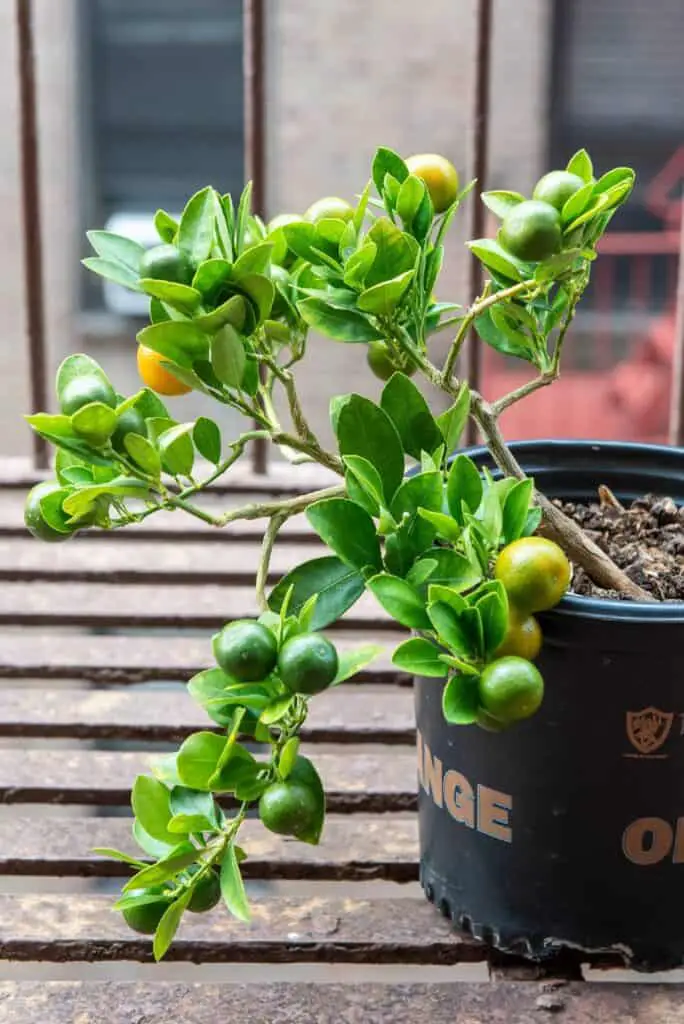
One of the biggest culprits behind a sad Calamansi tree is improper watering. Calamansi trees are a bit like Goldilocks—they need their moisture levels to be just right. Too much water, and you’ll find the roots drowning, leading to root rot; too little, and the tree dries out, struggling to absorb essential nutrients. The sweet spot? Keep the soil consistently moist but not waterlogged.
A good rule of thumb is to water deeply once the top inch of soil feels dry to the touch. You might need to adjust based on your climate—hotter, drier conditions will obviously need more frequent watering.
Watering Tips Table
| Situation | Watering Frequency | Notes |
| Hot and dry climate | Every 2-3 days | Check soil moisture regularly |
| Mild and humid climate | Every 4-5 days | Less frequent, watch for signs of overwatering |
| Indoors (pot planting) | Once top inch of soil is dry | Ensure pot has good drainage |
| Outdoor (ground planting) | Deep watering once a week | Mulch can help retain moisture |
Feeding Your Tree: Nutrients Are the Key
If watering isn’t the issue, your Calamansi tree might just be hungry. These trees are heavy feeders, meaning they need a steady supply of nutrients to thrive. A balanced citrus fertilizer, rich in nitrogen, phosphorus, and potassium, will do wonders. But it doesn’t stop there—Calamansi also craves micronutrients like magnesium, iron, and zinc.
I like to use a slow-release fertilizer every couple of months during the growing season, along with a liquid feed in between for that extra boost. If you notice yellow leaves with green veins, that’s your tree’s way of screaming for some magnesium—time for a little Epsom salt!
Sunshine and Shelter: Perfecting Light and Temperature Conditions
Calamansi trees are sun worshippers—they need plenty of light to stay happy. Ideally, they should get at least 6 hours of direct sunlight daily. However, too much intense sun, especially in scorching climates, can stress the plant. Finding that balance between sun and shade is crucial.
If you’re growing your Calamansi indoors, place it near a south-facing window or supplement with grow lights. Outdoors, consider some afternoon shade if you live in a particularly hot area. And don’t forget about temperature—Calamansi thrives in warm conditions but can be sensitive to cold snaps. If you live in a region with chilly winters, consider moving your tree indoors or using a protective cover when frost threatens.
Pests Be Gone: Dealing with Unwanted Guests
Sometimes, the issue isn’t just water or nutrients—it’s tiny invaders setting up camp on your tree. Common pests like aphids, spider mites, and scale insects can sap the life out of your Calamansi.
Check the undersides of leaves and stems for signs of pests—sticky residue, tiny webbing, or the pests themselves are clear indicators. A gentle spray of neem oil or insecticidal soap can usually do the trick. Consistency is key, though. A weekly application until the pests are gone will keep your tree from becoming a bug buffet.
Pruning and Repotting: A Little Trim Goes a Long Way
Sometimes, a haircut can make all the difference—not just for us but for our Calamansi trees too. Pruning helps shape the tree, removes dead or diseased branches, and encourages new growth.
The best time to prune a calamansi tree is late winter or early spring, just before new growth begins. Also, if your tree is potted and has been sitting in the same soil for years, it might be time to repot. Fresh soil can rejuvenate the root system, allowing the tree to absorb nutrients more efficiently.
Monitoring Progress and Adjusting Care a Calamansi Tree
Reviving a struggling calamansi tree takes patience, so monitoring its progress is key to long-term success. Keep a simple log or snap photos every few weeks to track new shoots, healthier leaves, or tiny blossoms forming.
If you notice slow growth or yellowing leaves, it might be time to tweak your care routine. Adjust watering, change fertilizer types, or relocate the tree for better sunlight. Small changes often make a big difference over time.
Here’s what to keep an eye on:
- New leaf growth
- Flower and fruit development
- Pests or signs of disease
| Progress Sign | What to Do Next |
| Strong new leaves | Stay consistent with care |
| Slow or stunted growth | Check soil and adjust feeding |
| Healthy blossoms forming | Celebrate and keep nurturing |
Celebrate each small victory — they’re proof your efforts are paying off.
Stay Patient: Revival Takes Time
Reviving a Calamansi tree isn’t an overnight project—it takes time, patience, and a bit of persistence. Even if you follow every step to the letter, the tree needs time to adjust, heal, and start showing signs of recovery. Keep a close eye on its progress, make tweaks as needed, and most importantly, don’t get discouraged. Think of it as a marathon, not a sprint.
Final Thoughts
Bringing a Calamansi tree back to life can feel like a daunting task, but with the right approach, it’s entirely doable. By focusing on proper watering, nutrition, light, and pest control, you can turn your tree’s frown upside down. And the best part? Once it’s back to full health, you’ll not only enjoy a lush, vibrant tree but also a steady supply of those delightful, tangy fruits. So grab your gardening gloves, roll up your sleeves, and let’s get that Calamansi tree thriving again!

